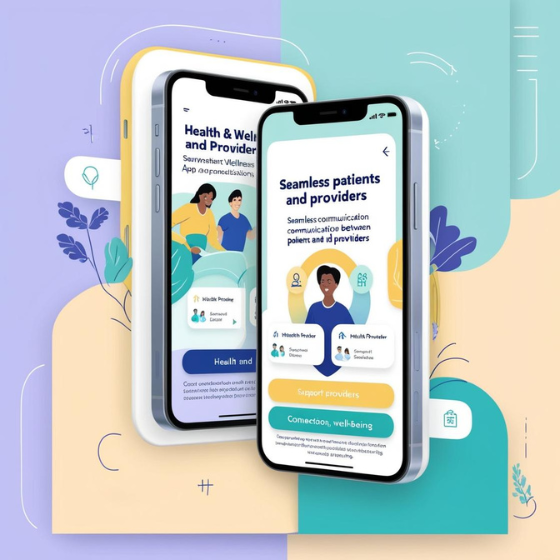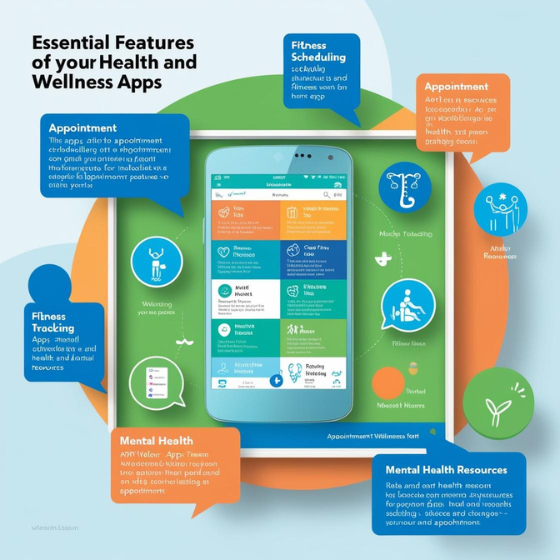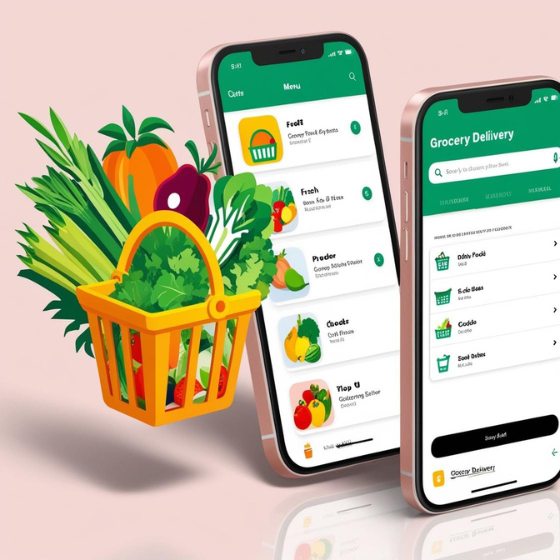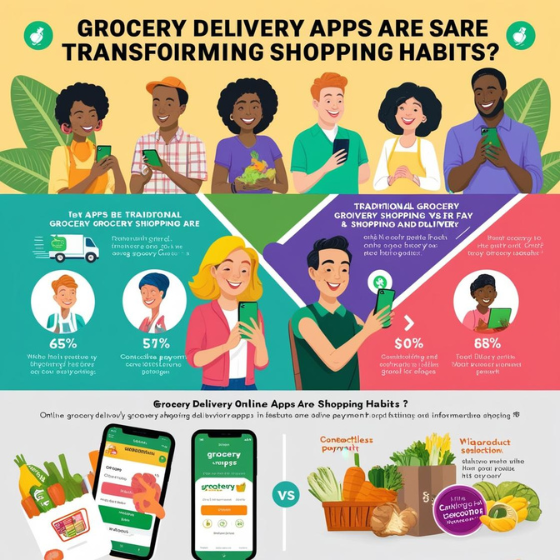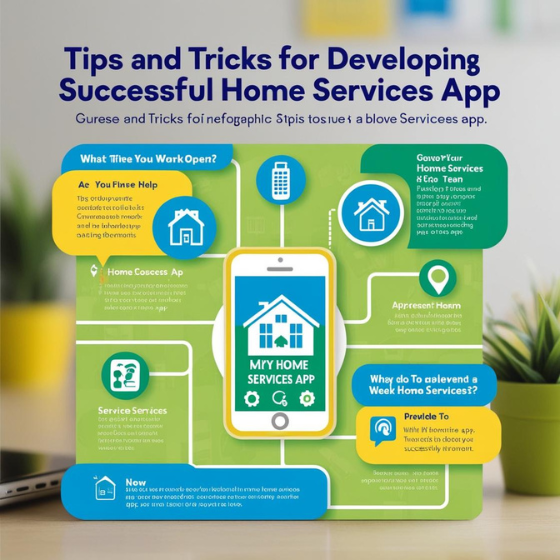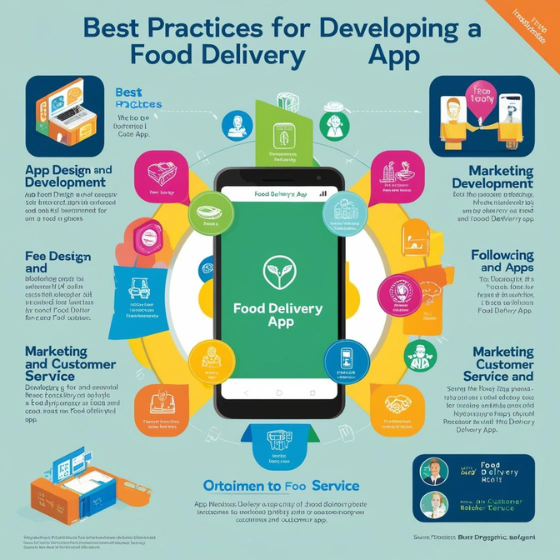Introduction: Revolutionizing Healthcare Through Technology
Did you know that the global market for health and wellness apps is expected to exceed $200 billion by 2026? This rapid growth demonstrates the increasing role of technology in healthcare. A key component of this change is health and wellness apps: connecting patients with providers. These apps make it easier for patients and healthcare providers to connect, offering convenience, accessibility, and personalized care.
In this blog, we will explore how health and wellness apps: connecting patients with providers are transforming healthcare. You will learn about their features, benefits, and how they impact healthcare delivery. Whether you are a patient, provider, or tech enthusiast, this guide offers valuable insights into this growing field.
1. The Rise of Health and Wellness Apps
Health and wellness apps have gained significant traction over the past few years, driven by advancements in mobile technology and the increasing demand for digital healthcare solutions. These apps allow patients to easily connect with healthcare providers, manage their health conditions, schedule appointments, and access medical advice from the comfort of their homes.
Key Benefits of Health and Wellness Apps:
- Convenience: Patients no longer need to wait for an appointment or travel to a clinic for basic consultations. With a few taps, they can consult with doctors, book appointments, and even receive prescriptions.
- Accessibility: These apps make healthcare services accessible to people in remote or underserved areas who may not have easy access to healthcare facilities.
- Personalized Care: Health and wellness apps often allow users to track their health metrics, such as heart rate, sleep patterns, and diet, giving providers the necessary data to offer personalized care plans.
- Cost-Efficiency: By reducing the need for in-person consultations, these apps can lower healthcare costs for both patients and providers.
At Sodio, we specialize in creating custom health and wellness apps that help providers connect with their patients more effectively. Our apps are designed to offer seamless user experiences, ensuring patients can easily access the care they need.
2. Core Features of Health and Wellness Apps
To truly be effective, health and wellness apps need to have a robust set of features that facilitate communication, streamline processes, and enhance patient care. Let’s explore the core features of health and wellness apps: connecting patients with providers.
Essential Features for Effective Health Apps:
- Telemedicine Capabilities: With video consultations and virtual visits, patients can connect with healthcare providers remotely, reducing wait times and improving convenience.
- Appointment Scheduling and Reminders: Patients can book and manage appointments easily, with automatic reminders sent via push notifications, reducing the number of missed appointments.
- Health Tracking and Monitoring: These apps allow users to track vital signs, exercise routines, medication adherence, and more. This information is shared with healthcare providers to enhance the quality of care.
- Secure Messaging: A secure and encrypted messaging platform is essential for ensuring that patient-provider communication remains confidential and protected.
- Prescription Management: Health apps enable providers to send prescriptions directly to patients or pharmacies, simplifying the medication process.
- Payment Integration: Patients can pay for consultations, prescriptions, and other services directly through the app, making the entire healthcare experience seamless.
By incorporating these features, health and wellness apps: connecting patients with providers can streamline healthcare delivery, improve patient satisfaction, and increase efficiency.
3. Improving Healthcare Delivery with Technology
The integration of technology into healthcare has led to significant improvements in how services are delivered. Health and wellness apps: connecting patients with providers are central to this evolution, offering benefits for both patients and healthcare professionals.
How Health and Wellness Apps Improve Healthcare:
- Enhanced Access to Care: Patients can connect with healthcare providers regardless of their location, breaking down geographical barriers. This is especially valuable for individuals in rural or remote areas.
- Increased Efficiency: By automating appointment scheduling, prescription management, and follow-up reminders, healthcare providers can focus on delivering better care rather than administrative tasks.
- Better Health Outcomes: With real-time data from health-tracking features, providers can make informed decisions, resulting in more accurate diagnoses and tailored treatment plans.
- Chronic Disease Management: For patients with chronic conditions such as diabetes or hypertension, health apps can help track symptoms, medication usage, and lifestyle habits, ensuring that patients receive continuous and proactive care.
- Data-Driven Insights: Health apps generate valuable data that can be used for research, population health analysis, and improving overall healthcare systems.
At Sodio, we work with healthcare organizations to build health and wellness apps that support better healthcare delivery through technology. Our solutions ensure that healthcare providers can manage and engage with their patients more effectively
4. Overcoming Challenges in Health and Wellness Apps
Despite the numerous benefits, health and wellness apps: connecting patients with providers face several challenges. Addressing these obstacles is crucial for the continued success and adoption of these apps.
Common Challenges and Solutions:
- Data Privacy and Security: Health apps deal with sensitive patient information, so ensuring the highest levels of data security is critical. Solutions like end-to-end encryption and HIPAA-compliant platforms are essential.
- Integration with Existing Healthcare Systems: Many healthcare providers use legacy systems that may not be compatible with modern apps. Developing seamless integrations between health apps and these systems can be a challenge.
- User Adoption: Some patients, especially older adults, may not be familiar with using mobile apps for healthcare. Offering user-friendly interfaces and providing assistance can help boost adoption.
- Regulatory Compliance: Healthcare apps need to comply with various regulations and standards, such as HIPAA in the United States. Ensuring compliance throughout the app’s development is critical to avoid legal and ethical issues.
At Sodio, we help overcome these challenges by developing secure, compliant, and user-friendly health and wellness apps. Our solutions are designed to integrate smoothly with existing healthcare systems and adhere to all necessary regulations.
5. The Future of Health and Wellness Apps
The future of health and wellness apps: connecting patients with providers looks incredibly promising, with advancements in AI, machine learning, and wearable technology shaping the next generation of healthcare solutions.
Emerging Trends:
- AI and Predictive Analytics: AI can analyze large datasets to predict health issues before they arise, allowing providers to offer preventative care. For example, AI can analyze a patient’s health history and suggest lifestyle changes to avoid chronic conditions.
- Wearable Health Devices: Devices like fitness trackers and smartwatches are already being used to monitor health metrics. These devices will become even more integrated with health apps, enabling providers to receive real-time data and intervene when necessary.
- Personalized Healthcare: As health apps collect more data about a user’s habits and preferences, they will be able to provide more personalized healthcare recommendations, including diet plans, exercise regimens, and mental health strategies.
By staying ahead of these trends, healthcare providers and app developers can continue to innovate and improve the patient-provider relationship.
Conclusion: The Impact of Health and Wellness Apps on Healthcare
In conclusion, health and wellness apps: connecting patients with providers are revolutionizing the healthcare industry by offering convenience, accessibility, and personalized care. These apps bridge the gap between patients and providers, making healthcare services more efficient, cost-effective, and user-friendly.
At Sodio, we understand the importance of technology in healthcare, and we specialize in creating health and wellness apps that improve healthcare delivery for both patients and providers. Whether you’re looking to develop a new app or enhance an existing platform, our team is here to help.
Ready to start building your health and wellness app? Contact Sodio today and explore our services to bring your app vision to life.
